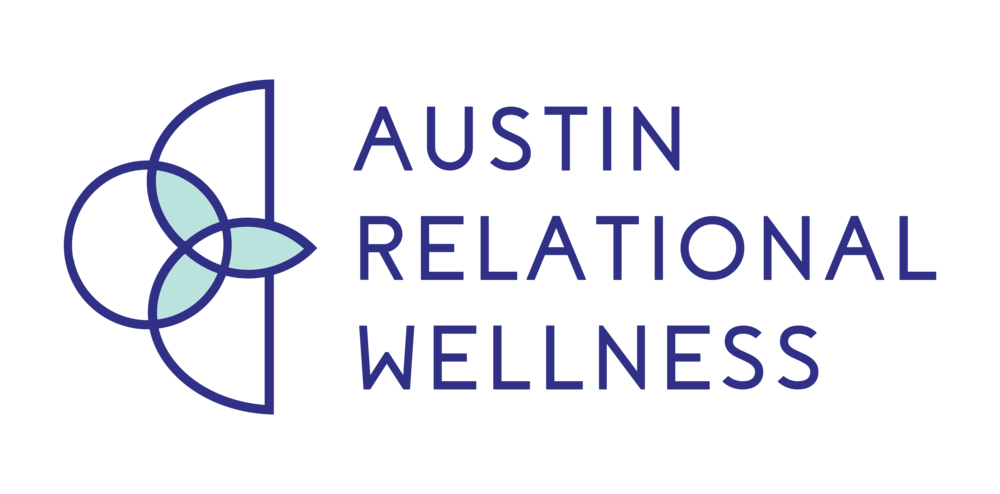In our previous post, we set the stage for how couples can get stuck in a negative “frozen box” of seeing one another at their worst when fighting. Here, we will introduce a tool that a counselor using the Relational Life Therapy (RLT) model might use to help couples break out of this box, the Core Negative Image exercise.
Head to the post, Is a Negative View of Your Partner Affecting Your Relationship?, to understand the scenario for the following exercise:
Now, let’s take a look at how a couples therapist using RLT might help you and your partner using the Core Negative Image (CNI) exercise.
Write down the adjectives that describe your partner at their worst - this description is your CNI of your partner
You: lazy, selfish, unsupportive
Your Partner: demanding, critical, unforgiving
Write down what you think your partner’s CNIs of you are - how do you think they see you at your worst?
You: nagging, mean
Your Partner: worthless, lazy
Pause (regulate your nervous system) and check in on what part of these could be true. Next, have an open and honest dialogue with your partner exploring each of your CNIs with the guidance of your therapist.
Identify ways in which you each exhibit CNI Confirming Behavior (aka - behaviors that reinforce the CNI you or your partner have of one another) and when you each exhibit CNI Busting Behavior (aka - behaviors that contradict the CNI you or your partner have of one another) .
You:
CNI Confirming Behavior: When you don’t take out the trash, the story I tell myself is that you are lazy, selfish, and unsupportive.
CNI Busting Behavior: He actually keeps the garage swept regularly, picks up an extra salsa on taco night for me even though he doesn’t want it, and supports me by listening when I’ve had a rough day.
Your Partner:
CNI Confirming Behavior: When you yell at me to take out the trash, the story I tell myself is that you are demanding, critical, and unforgiving.
CNI Busting Behavior: She actually expresses appreciation for my help with the kids and laundry pretty often. She also lets it slide when I screw up dinner on occasion.
Now, with this new understanding and insight, you can use this information to inform future behaviors and reactions. You can use this insight as a “CNI Busting Behavior Compass” to gain awareness of what you’re reinforcing and choose to make a different choice and behave differently in these moments.
This exercise can be powerful and also very challenging to work through. After all, most of us would find it hard to hear how our partners see us at our worst. Even harder is accepting that, every so often, our most immature and wounded sides come out for our partners to see.
This is why it’s important to create a safe place for sharing and exploration. Because of the sensitive nature of the exercise itself, it’s important to have a therapist trained in Relational Life Therapy help you work through it at first.
With this support, couples can use this difficult conversation as an opportunity to lean into the hard parts of the relationship to step outside of the “frozen box” and step deeper into a space of greater insight, self-awareness, intimacy, and connection.
Article by Sarah Imparato, MA, LMFT Associate



































